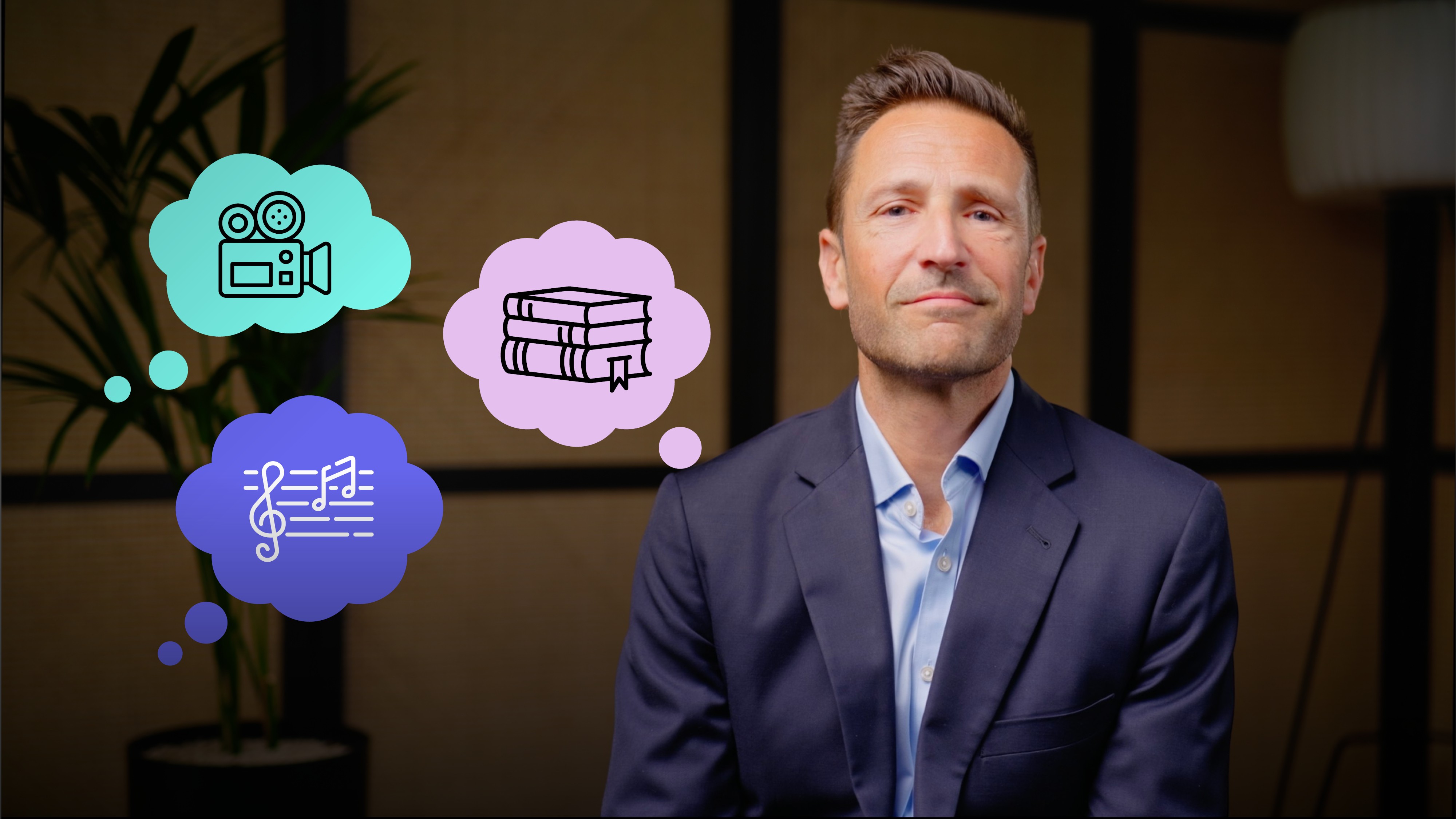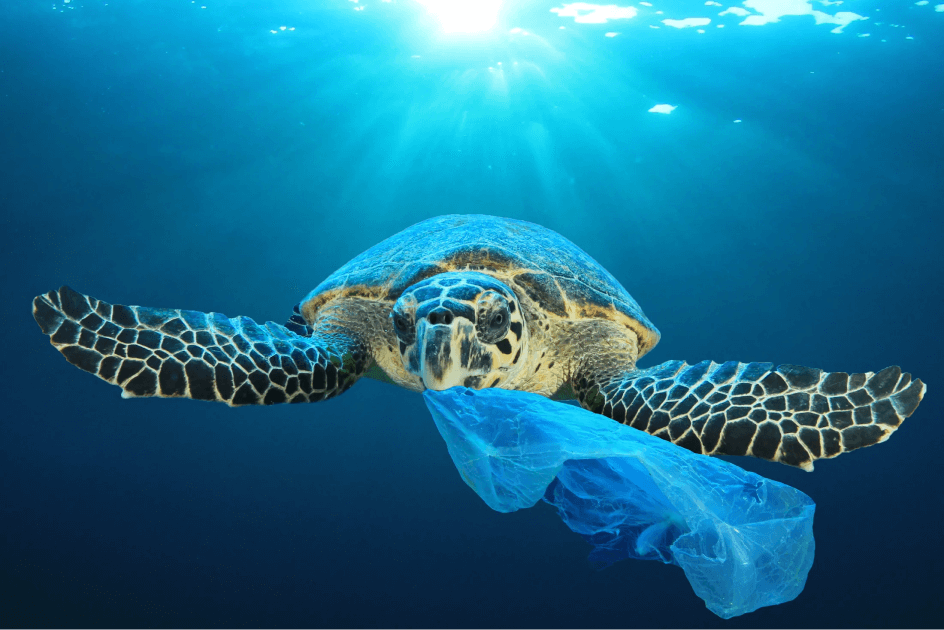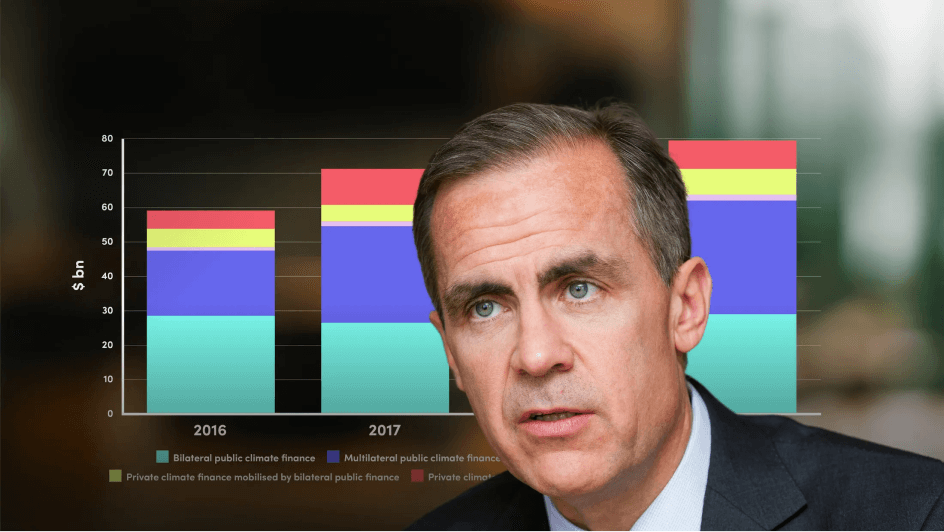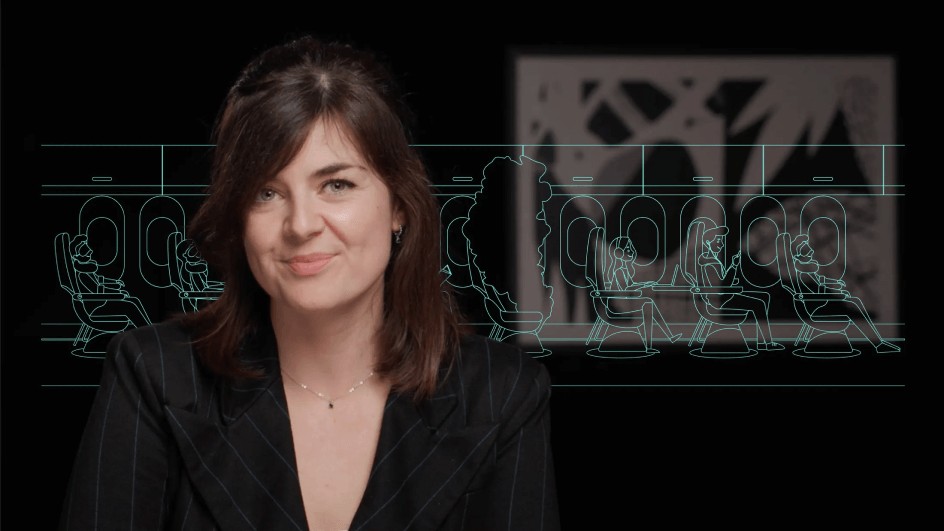
How to Write with Clarity

Ben McLannahan
In this video, Ben explains how to write with focus and clarity. He shows a simple structure for presenting ideas, highlights common writing mistakes, and shares practical tips to make your writing memorable and impactful.
In this video, Ben explains how to write with focus and clarity. He shows a simple structure for presenting ideas, highlights common writing mistakes, and shares practical tips to make your writing memorable and impactful.
Subscribe to watch
Access this and all of the content on our platform by signing up for a 7-day free trial.

How to Write with Clarity
10 mins 14 secs
Key learning objectives:
Understand the need for focus and clarity in writing
Outline a simple structure for presenting ideas
Identify common writing mistakes and how to avoid them
Overview:
Subscribe to watch
Access this and all of the content on our platform by signing up for a 7-day free trial.
- State their view
- Explain why it is correct
- Suggest what the reader should do about it
Subscribe to watch
Access this and all of the content on our platform by signing up for a 7-day free trial.
There are no available Videos from "Ben McLannahan"






























